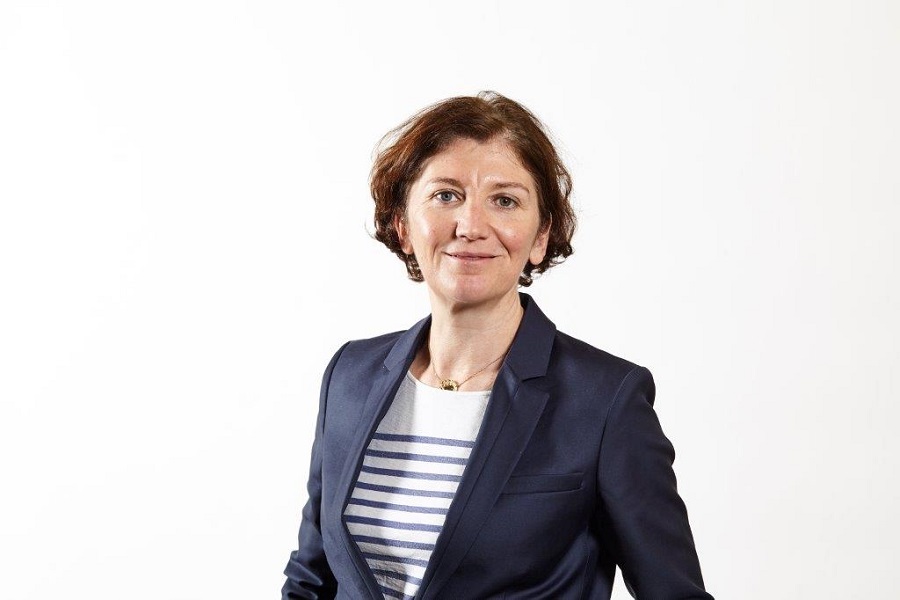Martine Brocard, Head of CSR and Sustainability, shares some insights about SITA’s carbon neutrality program, Planet+, and its CarbonNeutral® certification which marked a key milestone in SITA’s ongoing sustainability journey.
Why is CarbonNeutral® certification such an important achievement?
Saying you are carbon neutral – which in simple terms means you are removing the same amount of CO2 you are putting into the atmosphere by reducing, eliminating and/or offsetting emissions – is one thing. Being able to say you are carbon neutral certified by an independent third party is far more powerful and credible.
We are committed to reducing our environmental impacts. Our CarbonNeutral® company certification proves that we have followed a recognized carbon neutral standard, undertaken stringent emission reduction, and been verified as carbon neutral.
We are delighted that we were able to achieve carbon neutrality not only any ahead of common industry milestones, but also a year ahead of our original target. We are also one of the few companies in our industry to be accredited as CarbonNeutral®. The benefits of this program extend beyond environmental responsibility, such as being a company that our employees are proud to work for. Other business benefits include brand awareness and differentiation, reducing and managing environmental risks, and saving costs too.
How did you achieve it?
First of all, this is a company-wide achievement. All SITA staff have been instrumental in reaching certification ahead of time. Our success, I believe, stems from cross-functional teams within our organization working together, from facilities to finance. This breadth of experience and combination of hard and soft skills is vital for a project of this kind, whether that’s analytical skills, keeping abreast of new environmental regulations, or communication and creative thinking skills.
Data has been key to articulating the project and focusing on emission reduction where it matters.
Since 2018, we have worked with independent emissions assessor RSK Group on a comprehensive review of emissions relating to our operations and business travel – the two biggest sources of our internal emissions – to calculate our carbon footprint.
With this data, we took actions to reduce our emissions and build sustainable workplaces and revisit our business travel habits:
- Adoption of renewable energy (45% of our office-based staff now work in locations using 100% or partially renewable energy).
- Adoption of low energy consumption technology.
- Strong waste and water management practices.
- Reducing business travel for internal meetings and using collaborative technologies such as Teams instead.
- Prioritizing our travel for essential customer needs.
- Selecting more energy-efficient travel options.
Any emissions we are unable to eliminate or reduce, we offset through verified carbon credits supporting multiple United Nations Sustainable Development Goals (SDGs) and buying Energy Attribute Certificates (EACs) to help foster renewable energy supplies.
One key point of pride from our carbon neutral journey is a 48% reduction in emissions. And our Planet+ program has been recognized by the UN as an outstanding example of Sustainable Development Goals Good Practices.
What challenges has the Planet+ program encountered, and how did SITA overcome them?
Any complex project of this kind comes with many challenges. Some of the key ones we were faced were:
- Environmental data availability. SITA operates in about 350 sites, either owned or leased. Depending on our lease, we may have limited or no access to the energy, water, and waste data. Partnering with RSK Group helped us fill the data gaps by using relevant benchmarks listed in their worldwide emissions library.
- Diverse sustainability practices. SITA has office locations in around 120 countries. While some countries are quite advanced in terms of renewable energy availability and waste management, others are less so. Due to the lack of availability of renewable energy in some parts of the world, SITA invests in EACs to foster the development of, and access to, electricity with zero carbon emissions in the future everywhere.
- Carbon offset projects availability. Over the last 18 months, the demand for these projects has heavily increased at a higher rate than the supply itself. Securing access to verified carbon offset projects is key to carbon neutrality when emissions cannot be removed or reduced. It requires a strong partnership with climate project providers, which we found with Natural Capital Partners. We have also invested in ’catalyst projects’, such as planting trees now so that future emissions can be offset.
What would be your advice to those companies that have not yet embarked on their emissions reduction journey?
Start now. If we all work together to reduce our environmental impacts, we can meet the targets set out in the Paris Agreement on climate change. Also, new reporting requirements, carbon taxes, and regulations will come into force over the next few years, such as the EU Green Deal or the Task Force on Climate-related Financial Disclosures. You’ll need to get to grips with your carbon footprint and report your reduction efforts.
Now that SITA operations are certified CarbonNeutral®, what’s next?
The journey is ongoing. We are committed to further decreasing emissions to maintain our annual certification renewal.
Climate change is not an individual effort. As an air transport industry-owned IT organization and a trusted partner, we are working with our airport and airline customers to help them reduce their carbon emissions too.
The journey may seem long and difficult, but trust me, it is fun, rewarding, and worthwhile.




 Share
Share




